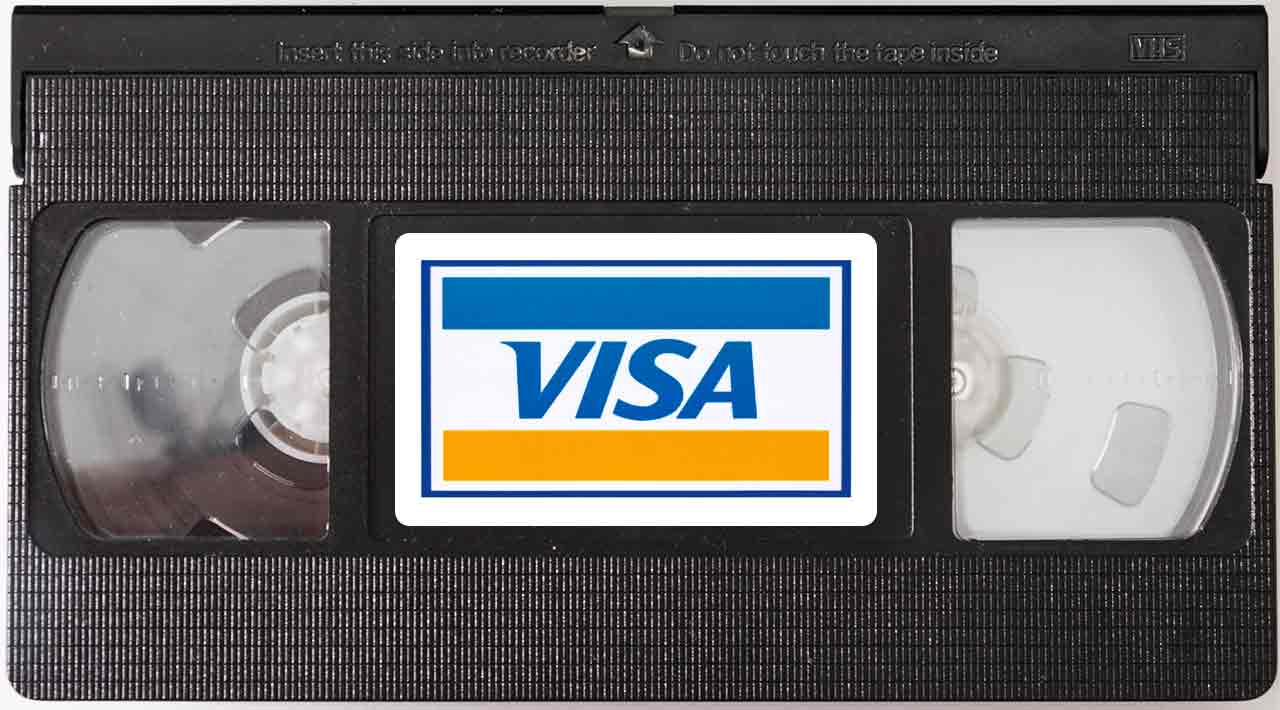VISA’s VCR might already be Betamax

In an attempt to improve how chargebacks are resolved, Visa has introduced the “Visa Claims Resolution Initiative,” otherwise known by the cutting-edge acronym “VCR”. Anyone who has dealt with Visa to resolve chargebacks knows an update has been sorely needed. Yet despite the demand, it is unclear whether the VCR will have the teeth it needs to deliver on its promises.
Visa is promoting its VCR as an attempt to reduce chargebacks and expedite dispute resolutions and level the playing field between all parties involved in a transaction. To merchants, some of these changes might seem burdensome, but those burdens are to be shared by issuing banks, acquirers, processors and cardholders for the benefit of all. That said, these changes can only work if everybody gets on board.
Significant Changes
The VCR has made significant changes to the chargeback reason codes and key terminology, and that alone will likely confuse many merchants. Visa is not even calling them “chargebacks” anymore; they are hereby deemed to be “disputes.”
The old chargeback reason codes have been renumbered and restructured into four categories: Fraud, Authorization Errors, Processing Errors, and Consumer Dispute.
If you look at the old reason code numbers for Fraud, they’re all over the place: 62, 81, 93… Under the VCR, all Fraud dispute codes are prefaced with ’10’: 10.1, 10.2, etc. Authorization Errors are numbered ’11’. Processing Errors are ’12’ and Consumer Disputes are ’13’.
Changing Reason Codes
Some reason codes have been consolidated and others have been nixed entirely. One example is the removal of the “Transaction Not Recognized” designation. Such claims will require more scrutiny from the issuer, or they will be coded as Fraud. So merchants may see less of these claims, but they’ll likely have a tougher time resolving them, since successfully disputing any fraud remains a tough sell.
This new structuring of reason codes determines how each dispute will be processed, as each category funnels into one of two standardized workflows. Processing Errors and Consumer Disputes will be processed under a “Collaboration Workflow” because they require back-and-forth between issuers, acquirers and merchants. This is not much different from the litigation-based process used to resolve chargebacks in the past.
New Workflows
Fraud and Authorization Errors go into what Visa dubs an “Allocation Workflow” where the Visa issuer must first validate a cardholder’s claim before escalating it into a chargeback/dispute. This is referred to as a “liability assignment model” where cardholders and issuers are liable for invalid claims while valid claims get assigned to merchants.
Another key goal of the VCR is to reduce dispute lead times. A merchant’s window to respond to disputes has been shortened to 30 days. Likewise, issuers are being compelled to place time limits on cardholders for filing claims. Visa is trying to reign in the rubber stamp that issuers wield for every cardholder claim.
Toothless Wonder?
That said, we’re not entirely sure how Visa will compel issuers to comply with the VCR. Visa has always had a 90-day time limit on cardholder claims. Yet issuing banks have regularly ignored Visa’s time limits in order to keep their customers happy. As merchants, we’ve all seen chargebacks for transactions as old as three- to six-months, or more.
And herein lies the most questionable aspect of the VCR. If issuers have routinely flouted Visa time limits in the past, where’s the incentive for them to start doing so now? That answer will determine if the VCR can deliver on its promised changes at all. If the benefits of Visa’s new initiative are spread across all stakeholders, what happens to the VCR if the issuers don’t share in the burdens?
We’re already seeing some issuers pushing back on the new reporting requirements that underpin the Allocation Workflow. In a perfect world, issuers would be just as liable for non-compliance as the merchant is. If Visa can’t enforce this, then the VCR will have little net effect on how disputes are resolved.
We’re following developments from the VCR closely. If you have any questions about how the VCR will affect your business, we can answer them. We can be reached through our website https://chargebackhelp.com/ or call us direct at 1.800.975.9905.







